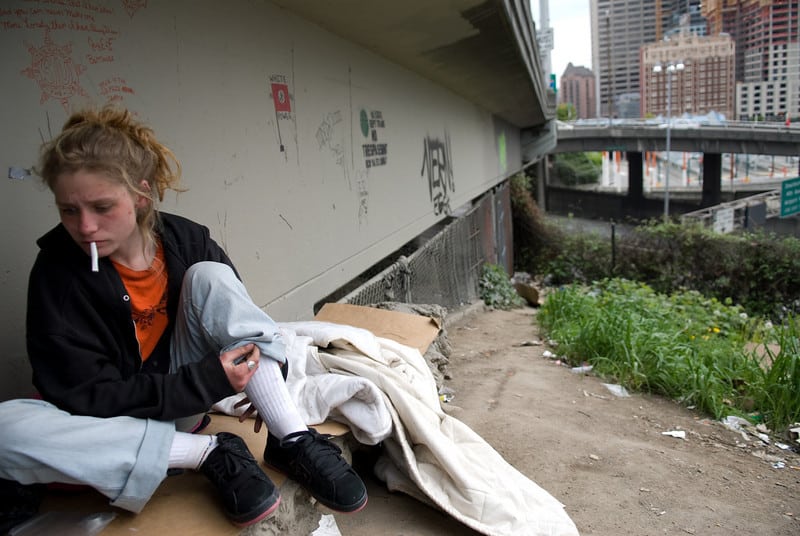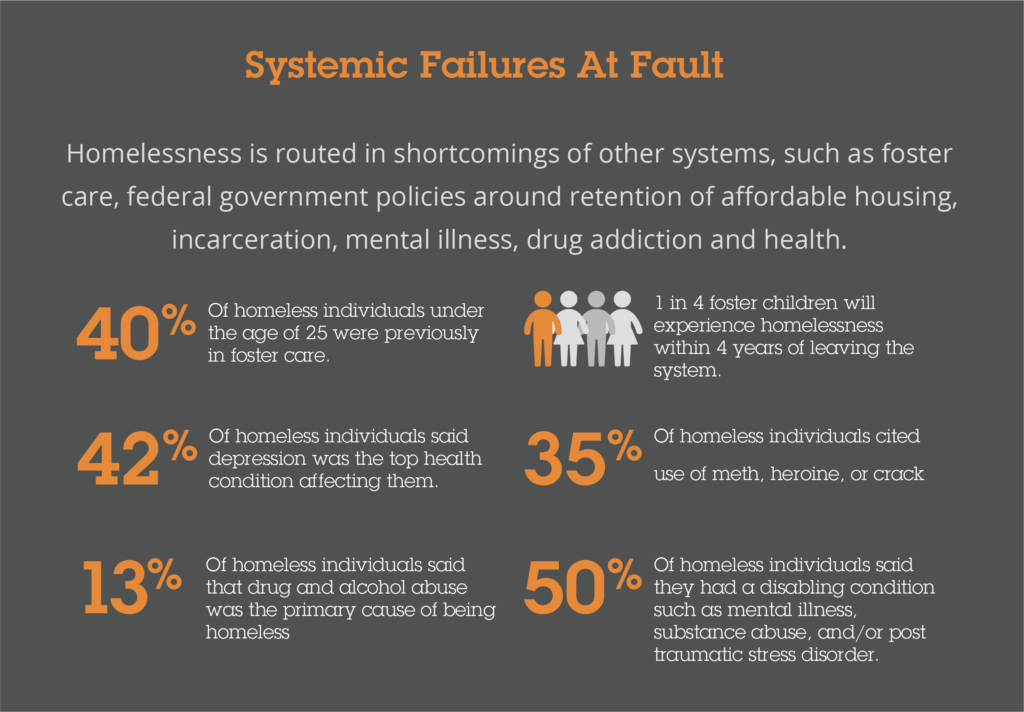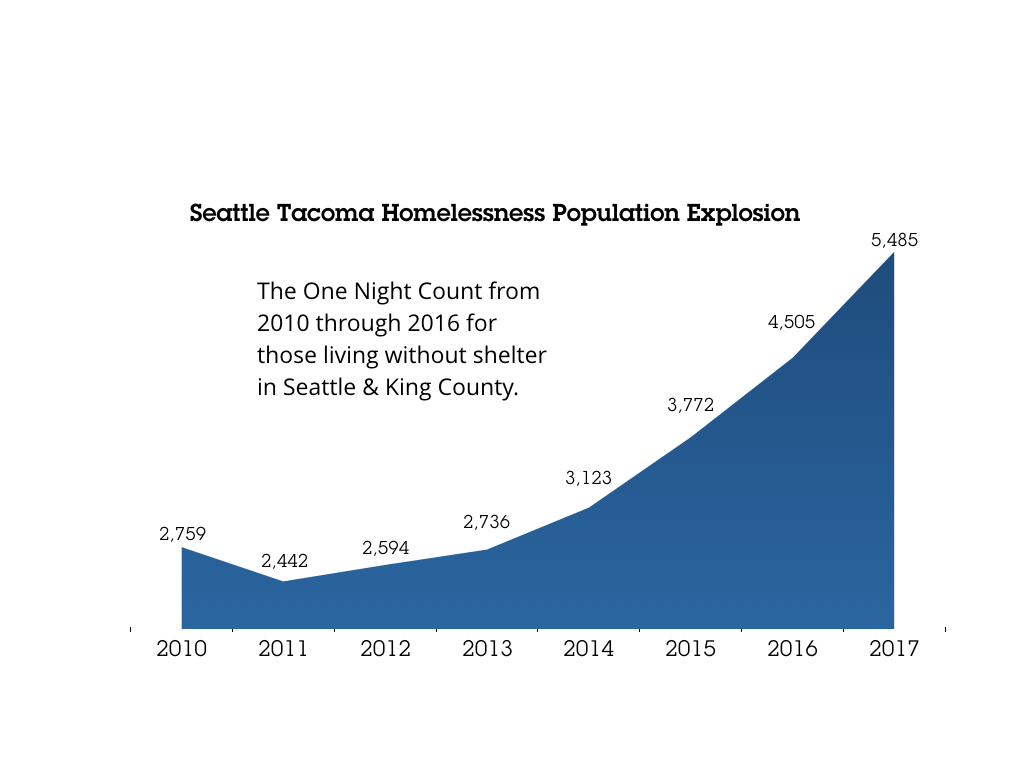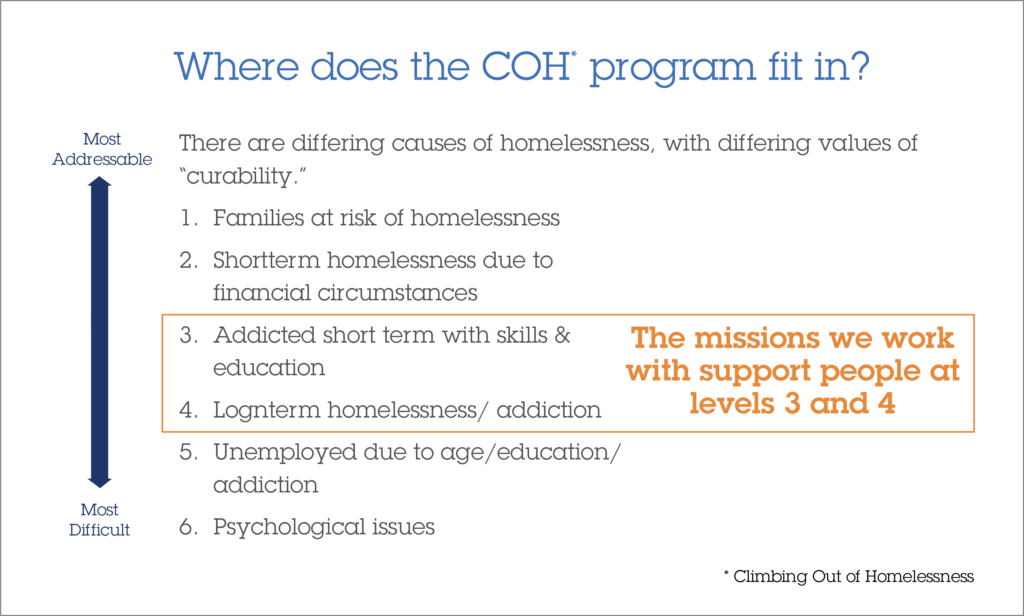-

BOOTS NEEDED: Literally Support a Climber

LITERALLY, SUPPORT our program climbers by providing boots…
Christmas is less than a week away!
You may be last minute shopping and running those last errands for your annual Christmas party; we are busy this week! When you’re out-and-about this week consider supporting our program in a practical way…
The most essential piece of gear for any physical activity often starts with the feet. Our feet are our base. We use our feet to walk, to shop, to run, to go get the mail, to meet a friend and for us, to climb. They are the “foundation” to our bodies framework (for most of us). When it comes to hiking and climbing, it starts with a good pair of boots!
Our program relies on donations and is in need of boots! Hiking boots and mountaineering boots; both!
Well supported, waterproof, hiking boots is what we are looking for. You can donate boots to us directly here (Donate Gear Here) or by visiting our REI “Climbing Out Wish List”. More specific details are provided there. (Climbing Out Wish List)
If you have questions, email us at [email protected]
No Boots? Other Items Needed at this time:
-Micro-Spikes
-Gaiters
-Hiking Pants
-Rain Pants
-Base Layers
Visit Here for more specifics: REI Wish List
0 -

NOT Going Home – Homelessness Shows No Signs of Going Away
Image courtesy of The Gospel Herold.
On November 17th right before Thanksgiving, the Puget Sound Business Journal published a set of articles about recent reports about Homelessness in the Seattle area. There were several take aways:
- Homelessness is growing; the causes and issues are complex, and few solutions have worked.
- The government agencies that are accountable for addressing the issues caused by homelessness do not work together coordinating programs, services or budgets. A result is a silo approach which provides a variety of opportunities for people to fall through the cracks; unable to get the help they need to get off the streets.
- Often homelessness is a byproduct of the rapid rise in rents and the low number of affordable housing units available; job loss or a medical issue; with single-parent families being among the hardest hit and with the fewest options for shelter and support.
- The homeless population is straining the city and county budgets and resources at current levels; the growing numbers have decision makers very concerned about the near future. There isn’t a concise method of even reporting all the costs involved with the impacts of homeless individuals. Current measurement methods do not capture the cost causers across organizations and agencies. One article highlights the $746 million spent on a “disjointed patchwork” of programs; which include money donated to non-profits that deal with part of the problem. No one group provides services for all levels of need. See “Levels” chart below.
- The report also calls out the myths surrounding homelessness. The Seattle Report cited the following examples:
- 90{637c4c527fde39f83a380e19107d2ba88ad72607f37ccf8f8b7edeff1c20688c} – Of homeless individuals said they would move into affordable housing if available.
- 41{637c4c527fde39f83a380e19107d2ba88ad72607f37ccf8f8b7edeff1c20688c} – Of homeless individuals said they were working full or part-time with some employed in temporary and seasonal positions.
- 30{637c4c527fde39f83a380e19107d2ba88ad72607f37ccf8f8b7edeff1c20688c} – Of homeless individuals noted that job loss was the primary reason they were on the street.
- 70{637c4c527fde39f83a380e19107d2ba88ad72607f37ccf8f8b7edeff1c20688c} – Of homeless individuals said that they could only afford $500/month for rent.
- 258 – The number of people added to the homeless population each time rents increased 5{637c4c527fde39f83a380e19107d2ba88ad72607f37ccf8f8b7edeff1c20688c}.
- Homelessness is rooted in shortcomings of other systems, such as foster care, incarceration policies, mental health practices and general drug and alcohol addiction crises. A general lack of mental health providers and case managers were also cited.

Annual Homelessness Count
Each year a count is taken to determine the homeless population in the Seattle, King County area, please see chart below for the last seven years. The previous four years have seen dramatic growth across the region. One report showed the about 40{637c4c527fde39f83a380e19107d2ba88ad72607f37ccf8f8b7edeff1c20688c} of our homeless population are not originally from the Seattle – Tacoma area.

On the east side, the number of homeless families has grown tragically. There are no homeless shelters which cater to families with young children currently on the east side. A new family day shelter opened about a year ago. If money can be raised and property found, the hope is that this shelter would expand to offer year-round full time living options. By using a coordinated approach, over 40 families have found transitional or permanent housing and have moved off the streets.
Seattle’s new Mayor Jenny Durkin is quoted as saying “We are this prosperous city in the most prosperous country of the world and yet we have thousands of people sleeping in tents and doorways. We need to do better”. We believe we can do better.
Community Impacts
Homelessness is a community problem, systemic inefficiencies, the opioid crisis, and the increased number of deaths due to overdosing impacts everyone. Violent crimes are up; homeless people get sick more often and burden the healthcare system. The cost to treat someone from the streets is four times higher than someone with a home. Other data provided additional grim realities:
- Estimates show that 12,000 homeless people live in King County’s six sanctioned encampments. There are 400 other unsanctioned encampments, many living in cars or in overnight shelters.
- $1.06 billion is spent annually in Puget Sound to respond to homelessness and its issues.
- The estimated cost of house and care for our homeless would be $192 million a year.
- None of the costs mention includes those incurred by the Seattle Police Department or Harborview. Public agencies don’t uniformly track costs; so it is difficult to see the whole picture.
- There is no system to identify the homeless; so they may end up being recycled through the medical system and jails without ever getting them the help they need, for example, mental health prescriptions or addiction treatment. Washington State ranks 47th in the nation for access to mental health services according to Mental Health America.
- The US Department of Housing has not allocated a penny for public housing since 1996. Future budgets are not hopeful either.
Solutions
The only real sustainable solution is prevention. By preventing people from falling through the systemic support cracks, we could prevent homelessness in the future. But first, there is still a lot to learn about the causes and issues around why people end up on the streets right now. This problem is an individual one; each person comes with their own story. Each story has implications for a different set of circumstances, root causes. A plethora of possible changes would be necessary to address these outcomes and alter their results. One approach is developing services, providing case management resources and additional funding safety nets to help vulnerable people and their families. It also means being ready to tackle upstream problems. There is little doubt that it would be cheaper and less traumatic if we could stop homelessness from ever occurring; rather than treating it as we are today.
Addiction may be the most important root cause today, especially with the growing opioid problems across the country. Possible solutions would need to include:
- Additional treatment centers and increased number of beds for those ready to enter treatment. Until the individual is prepared to address the causes of their addiction, their behavior won’t change.
- The small number of affordable or low rent housing units and rapidly rising rents mean that more people with little or no earning power are at risk. This is especially true for those with disabilities or limited capacity.
- Often transitional housing is the first step toward re-entering society; job training, counseling, medical services are all part of the safety net to keep people off the streets. Social services that offer case management support are the quickest way to assure all the issues are being identified and an action plan developed and monitored to alleviate problems and keep them from repeating.
- Some large and small employers are beginning to work together to supply part of the missing services. This is a sign of hope. It also allows them to find valuable future employees once underlying issues have been addressed and job training or needed skills are gained.
Why do we care? We see the spectrum of need and fill a small role in assisting people in their recovery process by offering physical fitness, companionship, and mentoring to develop the socialization skills necessary to be part of the team and to learn to set goals, helping our recovery participants to succeed. By working with mission partners, we augment the treatment program they offer. We’ve measured our results over the last three years and have seen an 85{637c4c527fde39f83a380e19107d2ba88ad72607f37ccf8f8b7edeff1c20688c} sobriety rate. We believe that after seven years, we are ready to help more people in our community to find the healing and peace they need. Our community will be better off as a result of a more coordinated individual approach and by building the safety net many need. We aren’t giving a hand out; we’re helping by providing a hand up. Please consider how you can help. After all, we are in this together.

The Truth About Homelessness (Infographic)

